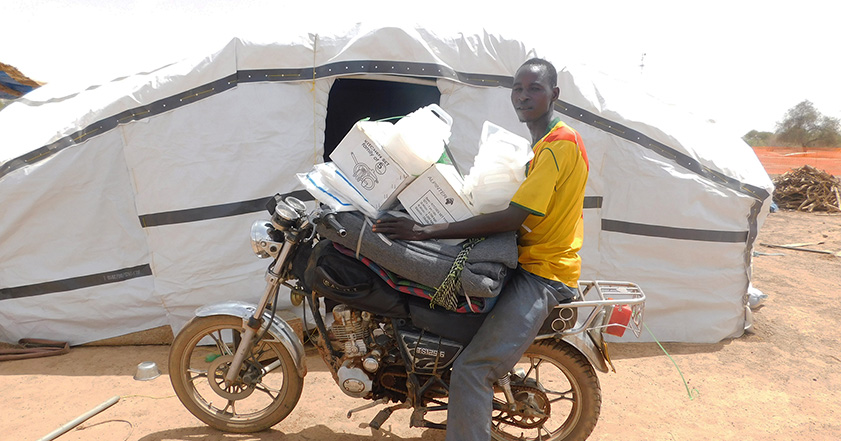The recent earthquake in Morocco and flooding in Libya have pushed disasters to the top of the headlines. Where the need for help is so great, humanitarians want to be able to assist people as soon as possible. However, responding to a disaster is not as simple as turning up with aid – regardless of how prominent a disaster is in the news!
At ShelterBox we use our response criteria to decide whether we are able to respond to a particular disaster or conflict. Read on to discover what we need to think about before making the decision on whether we can act.
1. How many people need support?
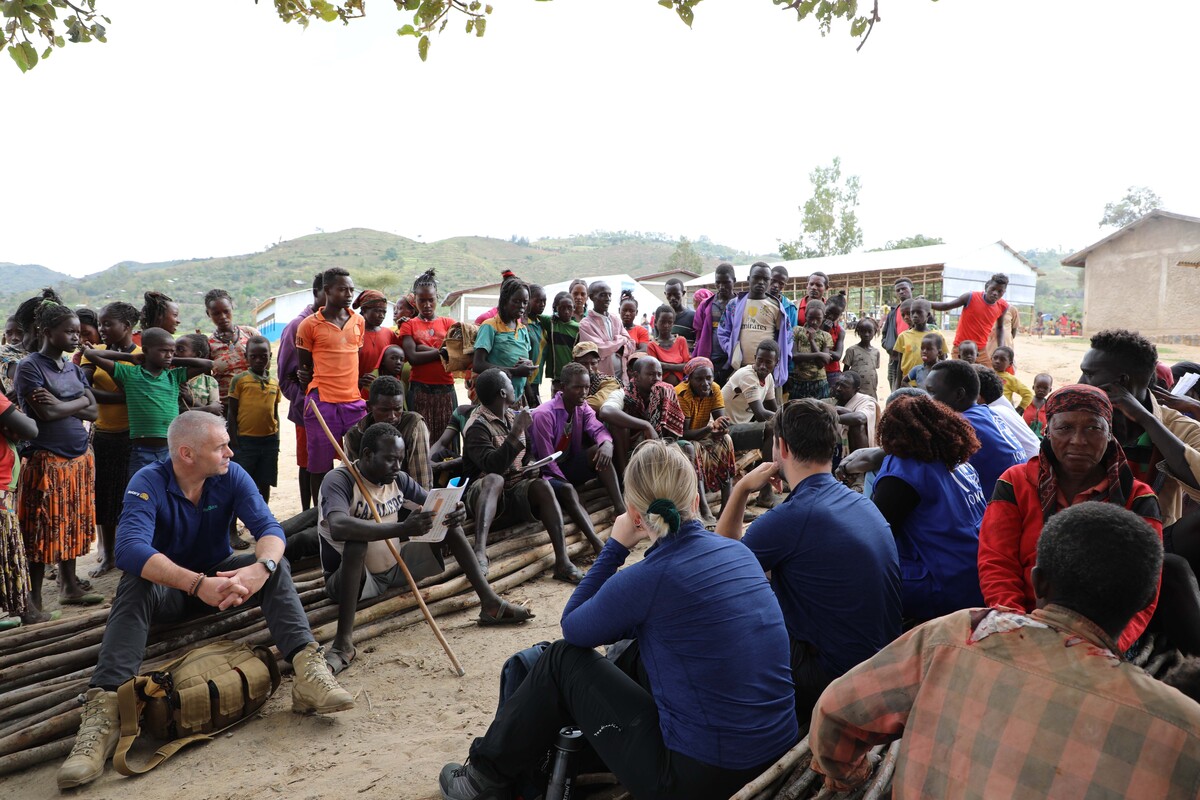
When considering if we will respond to a disaster, one of the first things we look at is how many people require support. Generally, we respond to disasters and conflict when over 20,000 people need support.
If less, then typically local government and organisations can meet people’s needs. Sadly, we do not have the capacity to respond to every disaster and conflict around the world. As such we need to work where the need is greatest.
2. Do we have permission to operate there?
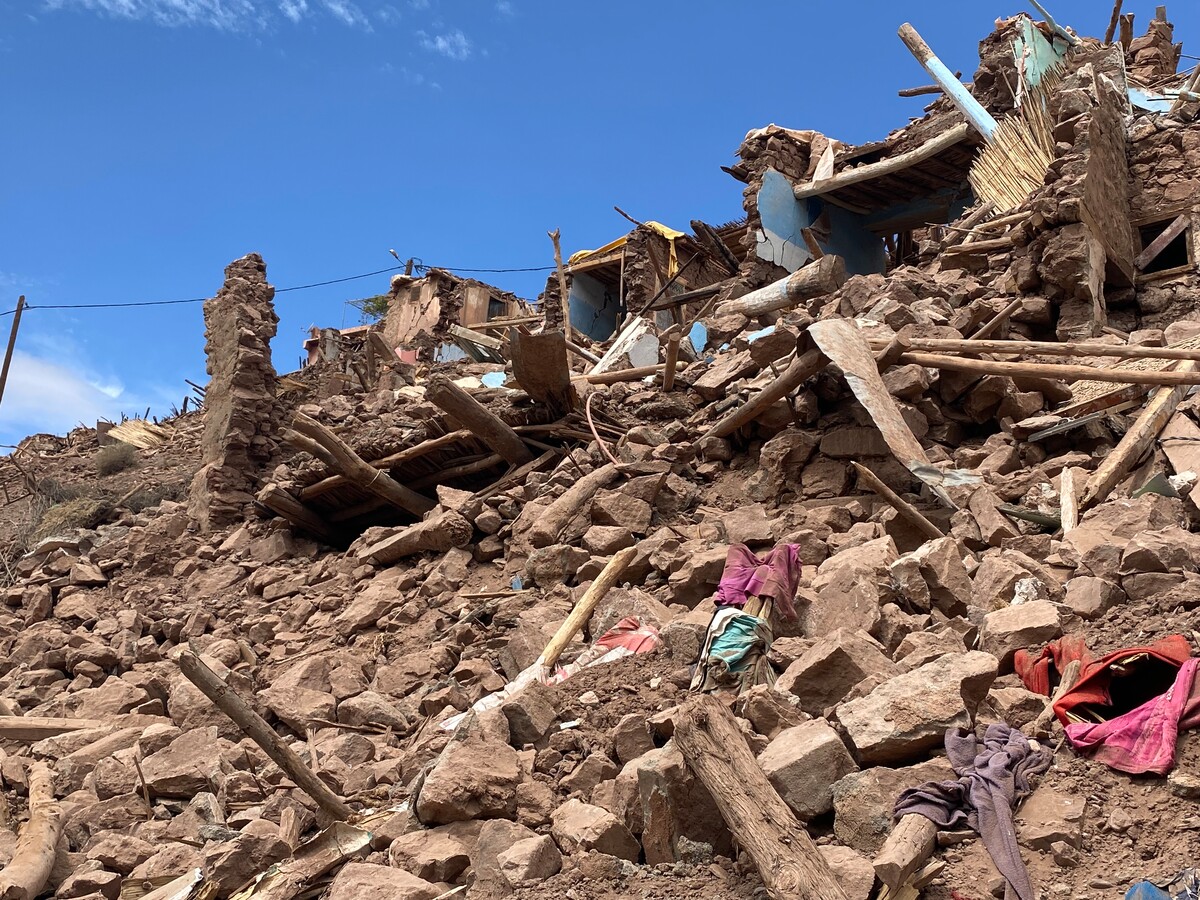
While it might be assumed that after a disaster international humanitarian workers can visit somewhere straight away to get to work, this is not actually the case. The local authorities need to give permission for humanitarians to respond. Workers also need the right documentation to be able to travel into a country. This can sometimes be a long process.
Not all governments give permission for humanitarian workers to operate in their country straight after a disaster, or sometimes at all. The reasons for this can be complex. Sometimes it can be because the authorities are trying to assess the scale and need after a disaster themselves. At other times it may be because of political reasons. The situation in each country can be different.
As such we sometimes need to wait for permissions before we can confirm if we are responding to a disaster.
3. Can we operate there?
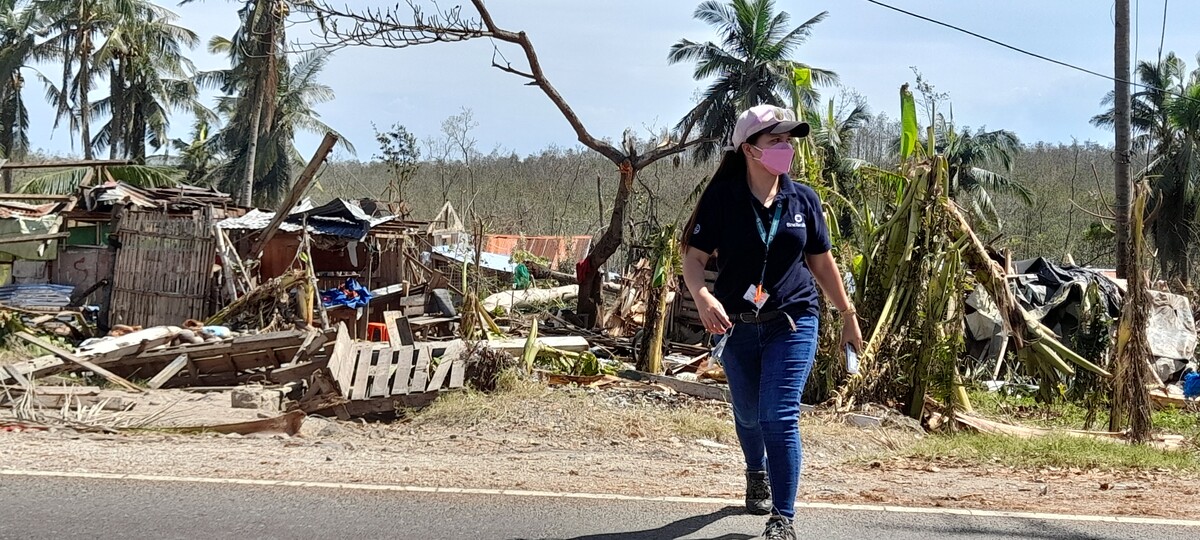
As well as permission to operate in a particular location after a disaster, we also need to consider if we can operate there. There are many factors that can influence this.
One thing we consider is whether we have worked in a particular location before. If a disaster takes place in a region we have recently operated in, we are more likely to have local contacts and partners. We will also have an awareness of the location and its situation, and have a clearer idea of what the shelter need might be. An example of somewhere we have operated many times is the Philippines. This led us to setting up ShelterBox Operation Philippines, so we have support on hand when help is needed.
If we have not previously worked in a location, or worked there quite some time ago, we look to local contacts and partners. We seek their advice and support on whether we can operate in a particular place, and what we need to consider for a response. We have not worked in Morocco before, so our team has been working with potential partners and contacts from Rotary to assess our ability to respond and who we need to work with. We have not worked in Libya since 2011, and as such have partnered with ACTED for our response there. ACTED was already active in Libya, including Derna, before the floods. They have the experience needed to operate in such a complex environment. We have worked with ACTED before, including last year to support Ukrainian refugees in Moldova.
4. Is shelter needed?
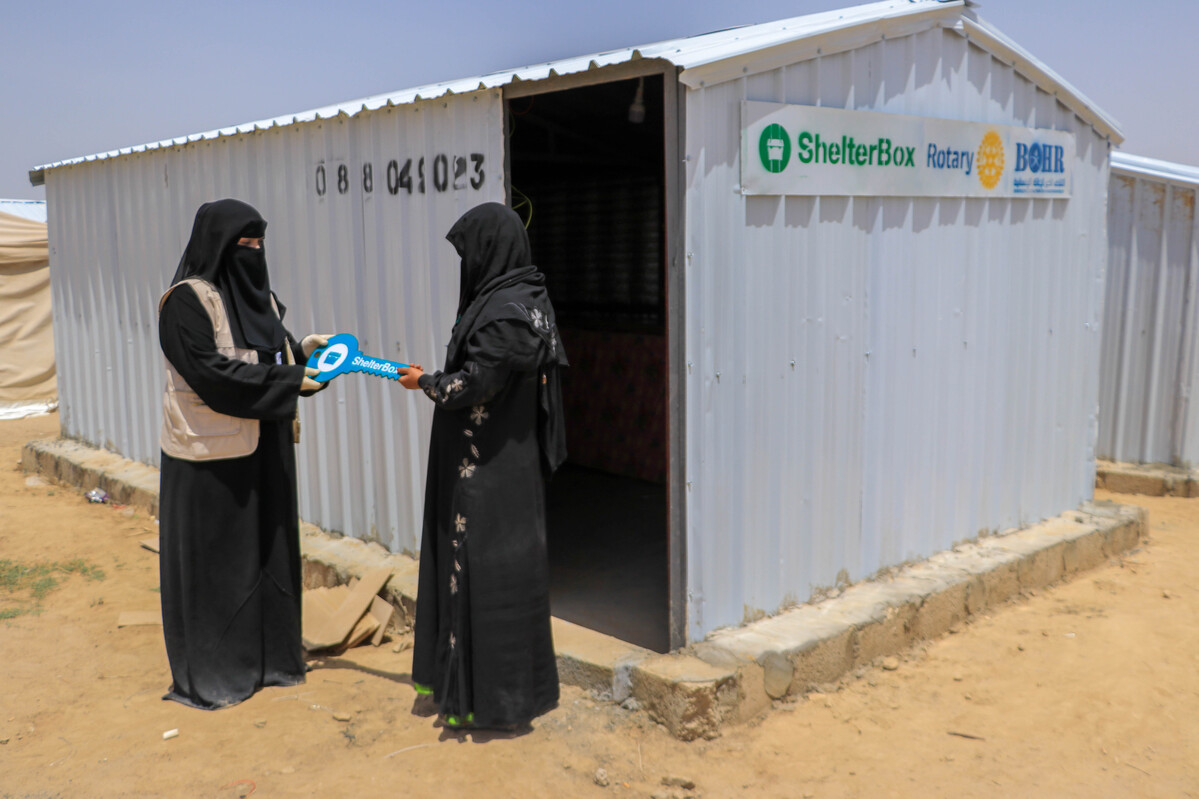
At ShelterBox, we specialise in emergency shelter following disaster or conflict. However, disasters and conflicts have different effects on the local people. While shelter is often required, this is not always the case. As such it’s important for us to assess if our emergency shelter and household items are required. If other needs are more urgent then it might be better for other more appropriate organisations to respond.
Even where emergency shelter is needed, it’s important to remember that one type of shelter does not suit every person, culture, situation, or landscape. We also need to make sure our shelters are appropriate and fit for purpose for the people we are supporting. Over the years we have adapted the types of shelter we offer to ensure we are providing the best support. For example in Burkina Faso we have started supplying Sahelian tents, and in Yemen ‘iron net’ shelters. Both are types of shelter that local people are used to and are suited to the local environment. Depending on the environment, some might prefer shelter kits to repair their homes. Whatever the situation calls for, we need to be sure we can meet local needs before responding.
5. Are resources available?
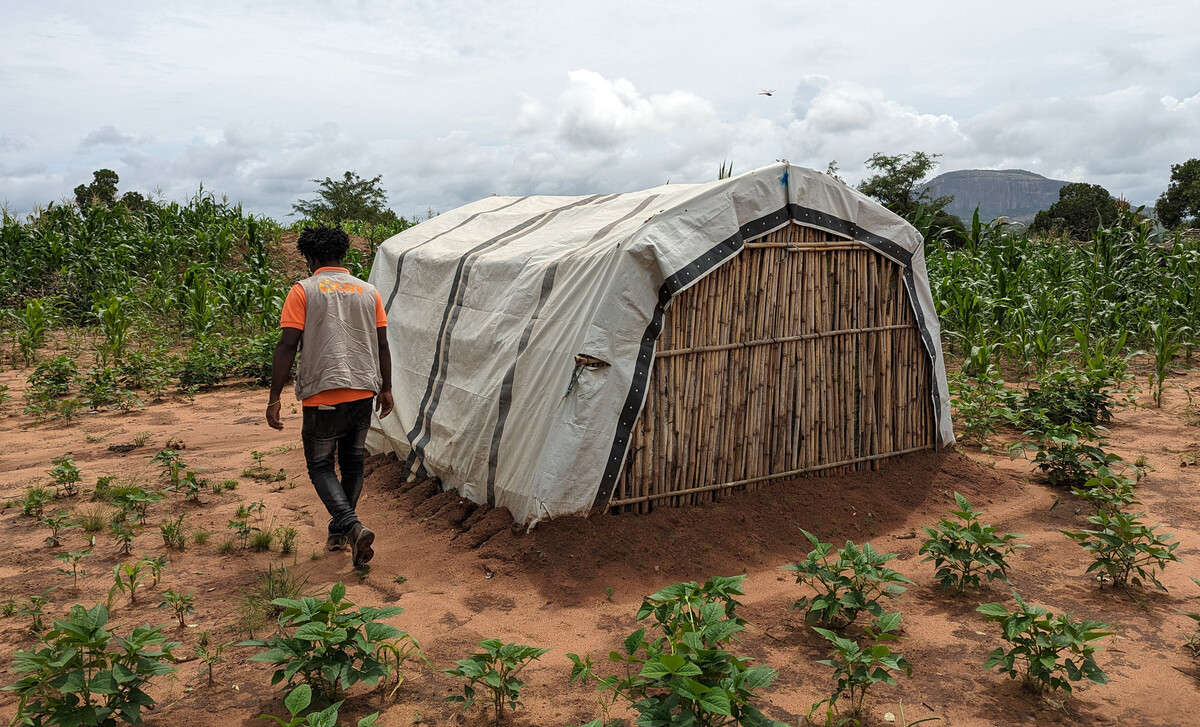
Responding to a disaster takes a great deal of resources. We need to ensure we have enough tents, shelter kits, solar lights or other items that might be needed. We also need to ensure we have these available at the right time for people. If it will take months to get in the stock we need, that might be too late.
We also need to think about the availability of our teams, volunteers and partners to ensure they can be on the ground when and where needed. It’s worth remembering that providing support is not as simple as delivering some aid and leaving again. It requires that those receiving the aid are trained in its best use and are supported when they receive the aid. The aids’ effectiveness is also evaluated, which can take some time.
6. Is it safe?
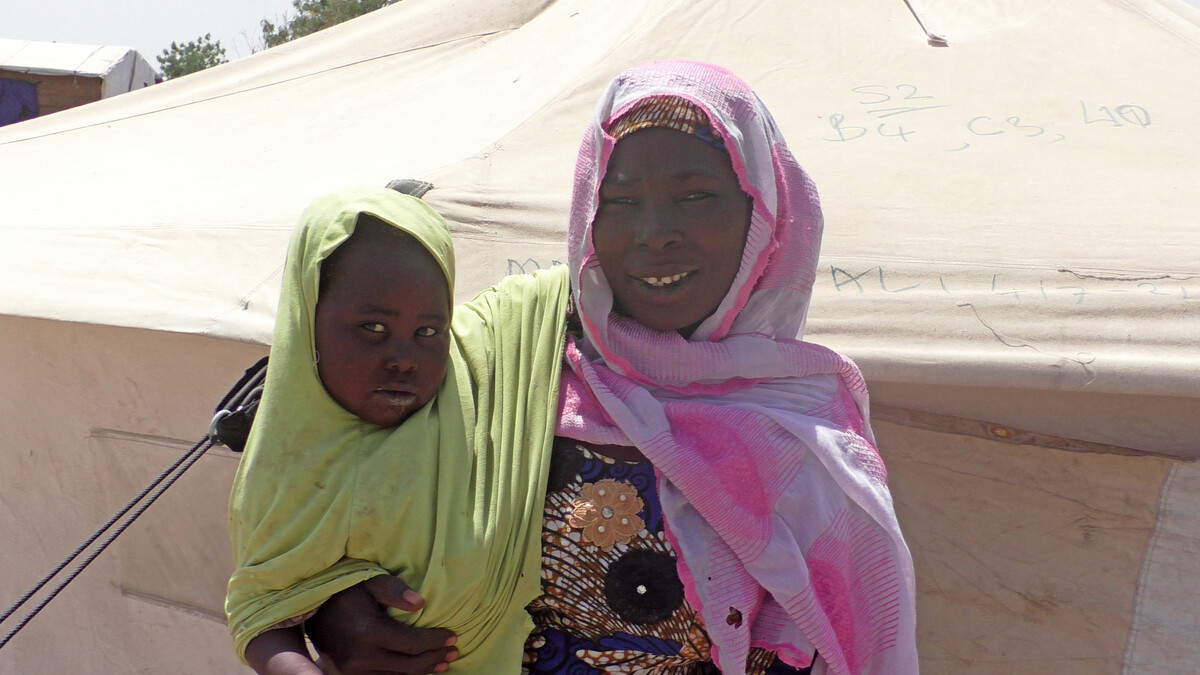
The safety of our team, volunteers, partners and the people we support is always paramount. While you might hope that humanitarian workers and people in need would be safe from violence, sadly this is not always the case. World Humanitarian Day was established to remember humanitarian workers killed out in the field.
As such, we always consider whether it is safe to respond in a particular place. Responding to conflict comes with risk. We therefore work with partners to identify safer ways of supporting those displaced by conflict. For example in Cameroon we work in Minawao Camp, supporting those fleeing Boko Haram violence in Nigeria. We are also supporting people in Chad who fled the conflict in Sudan.
Even following disasters such as earthquakes or flooding, safety is an important consideration. Disasters are not choosy – they can affect places suffering from violence and unrest. The recent flooding in Libya is an example. Since the fall of Col Gaddafi in 2011, Libya has been in turmoil with two rival governments. There has been violence between militias. Safety was therefore an important consideration for us when assessing the situation there. Our partner, ACTED, already works in Libya including the city of Derna. As such they have experience of navigating the difficult conditions there.
Disasters can also create dangerous conditions in and of themselves. Damaged and destroyed infrastructure can make things difficult for those trying to access affected areas. This can especially be the case if they are remote. Some of the worst affected places by the Morocco earthquake are remote mountain villages. Our team had to consider and plan for this before making a visit.
7. How long will we be needed?
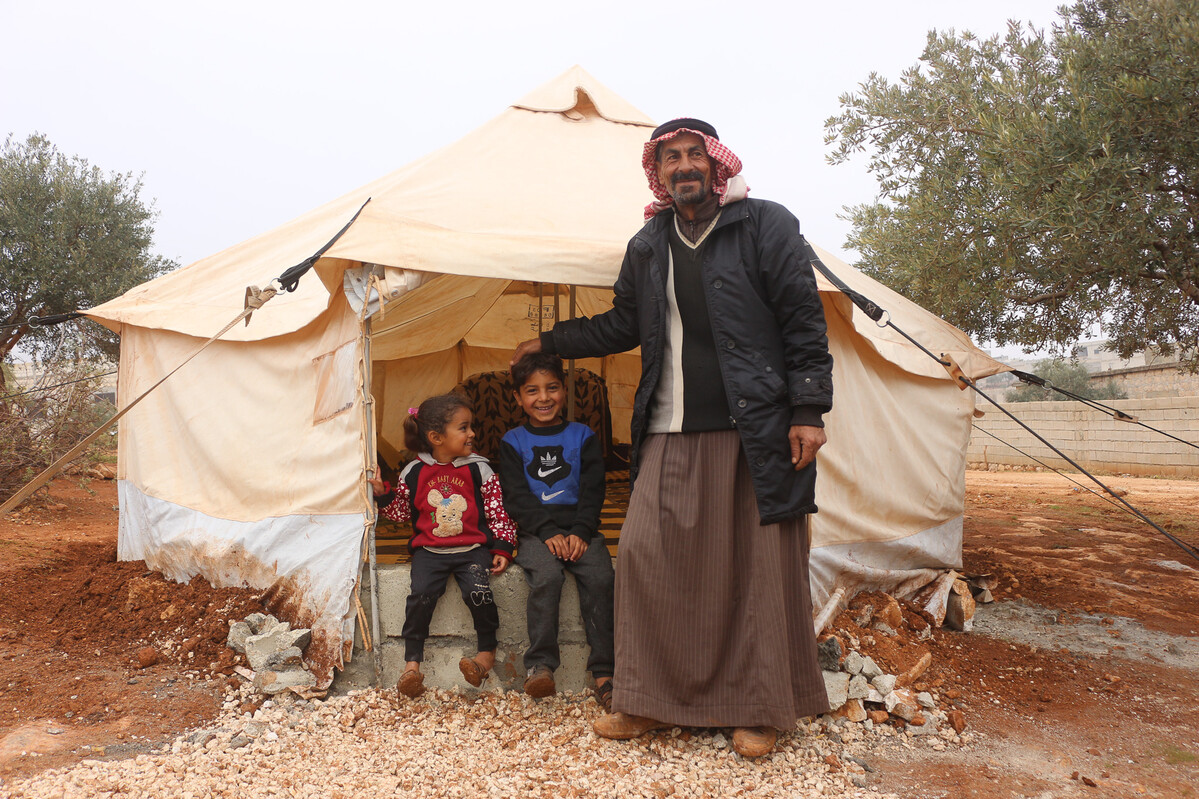
When thinking about the timeframe for disasters, we need to consider how long a response might take, and if the need for emergency shelter might reduce over time. We prioritise those people who have no other options for emergency shelter.
In some places we operate for a certain time after a disaster or during a conflict while support is needed, while in other places support might be ongoing. We first began responding in Syria in December 2012, and are still working there today.
As such when deciding if we can respond to a disaster we need to think about what a response might look like holistically in terms of aid, people power, and duration.
8. Is there funding available?
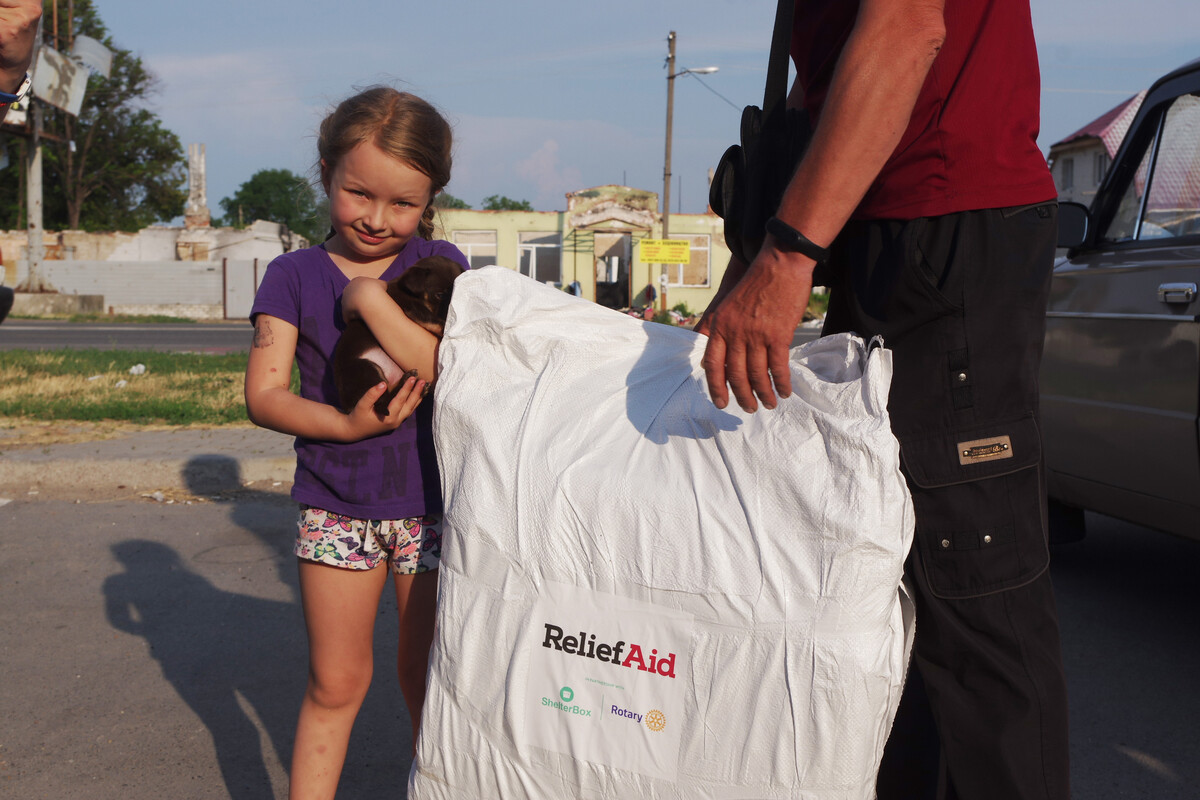
Put simply – we can’t respond to a disaster or conflict if the funding is not there to support us doing so.
While in an ideal world we would love to have the infinite resources and funds to respond wherever and whenever help is needed, in reality this is not the case. Providing support can be expensive, and as such we need to assess how much money is available, or might become available, to support a response. We also need to evaluate if a new response might have an impact on our work that is already taking place. As such it is very important for us to assess if we have the funding to provide an appropriate response for as long as needed.
Our work is entirely funded through donations. They allow us to restock our supplies of aid after a response, and help us be ready for the next disaster – wherever the need is greatest. Regular monthly donations help us ensure we can maintain stocks of aid and be prepared to act when needed. If you have donated to us, thank you for making our work possible.
Disasters don’t stop. Neither do we. But we need your help to support those without shelter after disaster or conflict.

